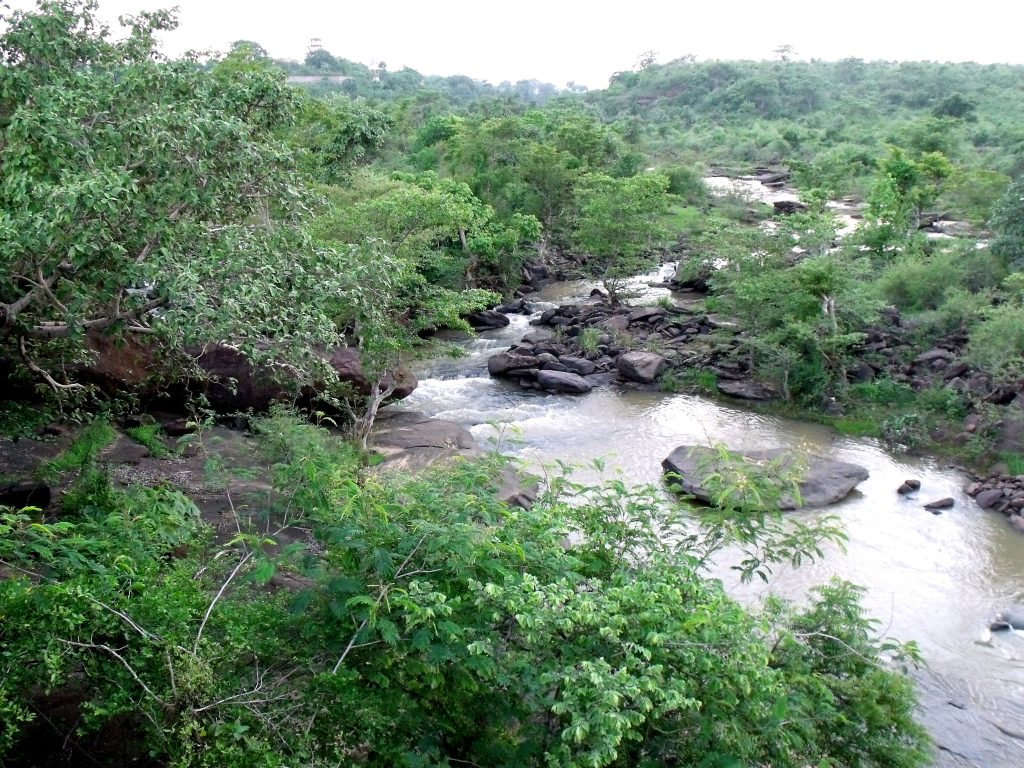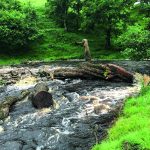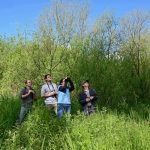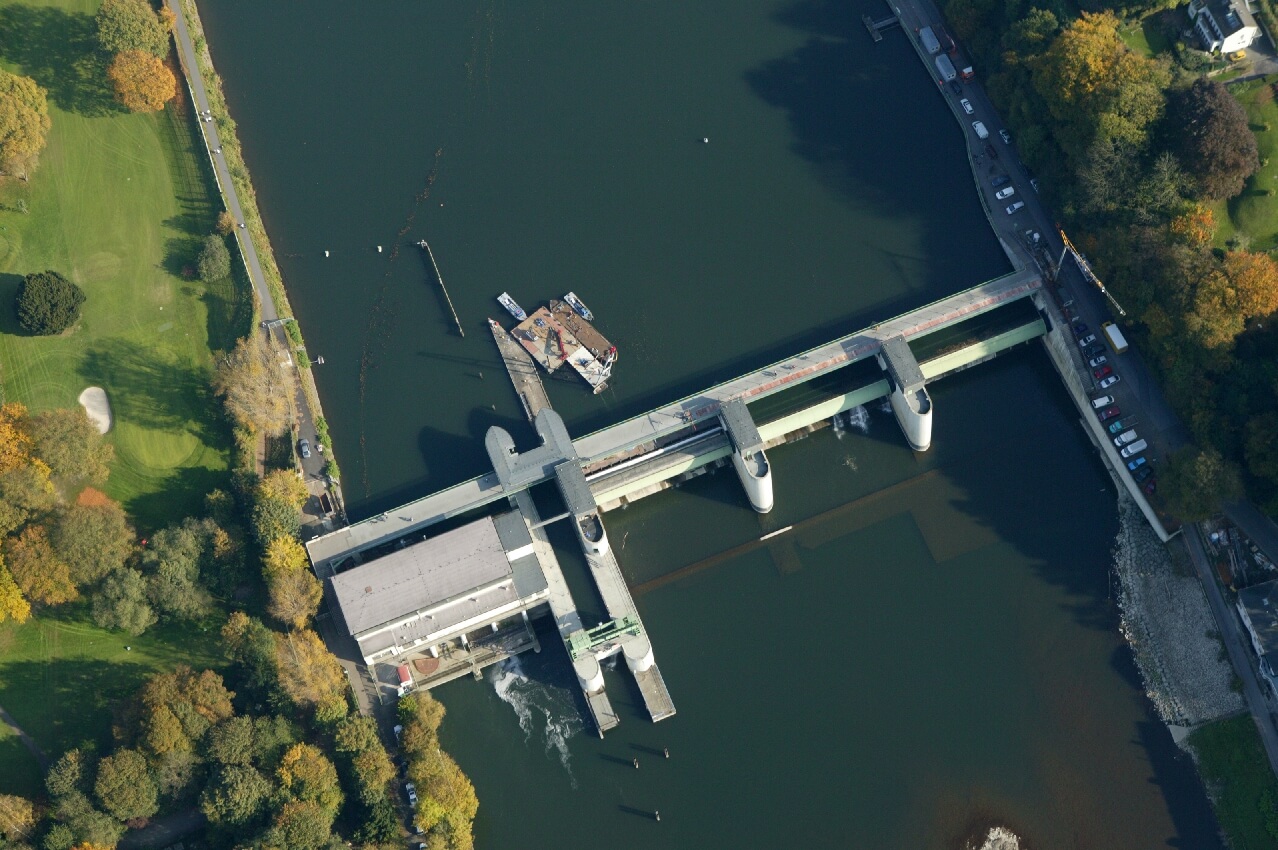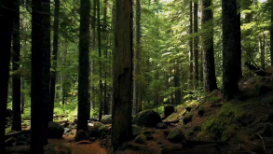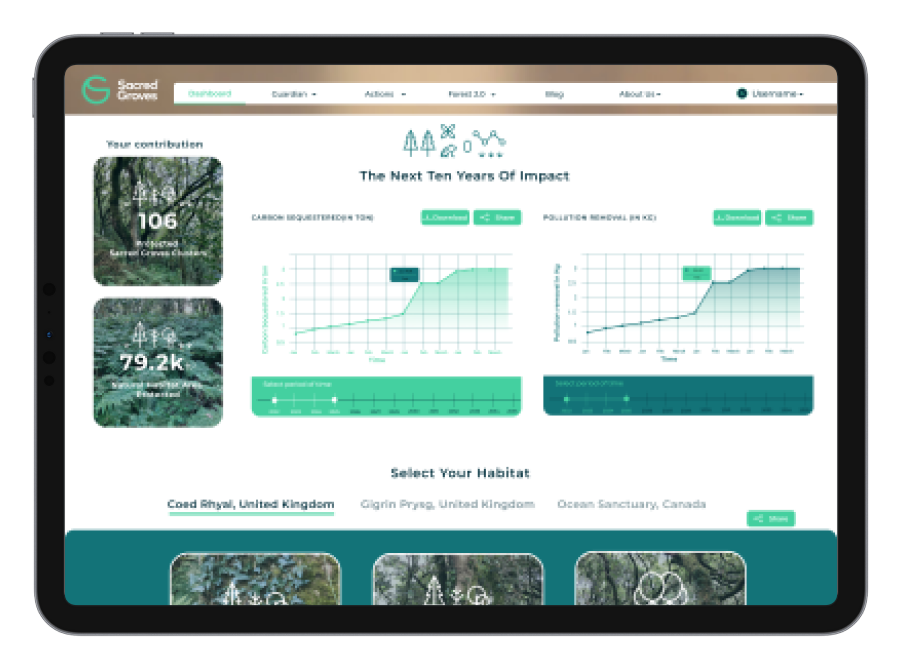When as a student, Debadityo Sinha saw the forest he loved threatened by the proposed construction of a mega thermal power project, he used an evidence-based advocacy approach to stop the rich private corporation in its tracks!
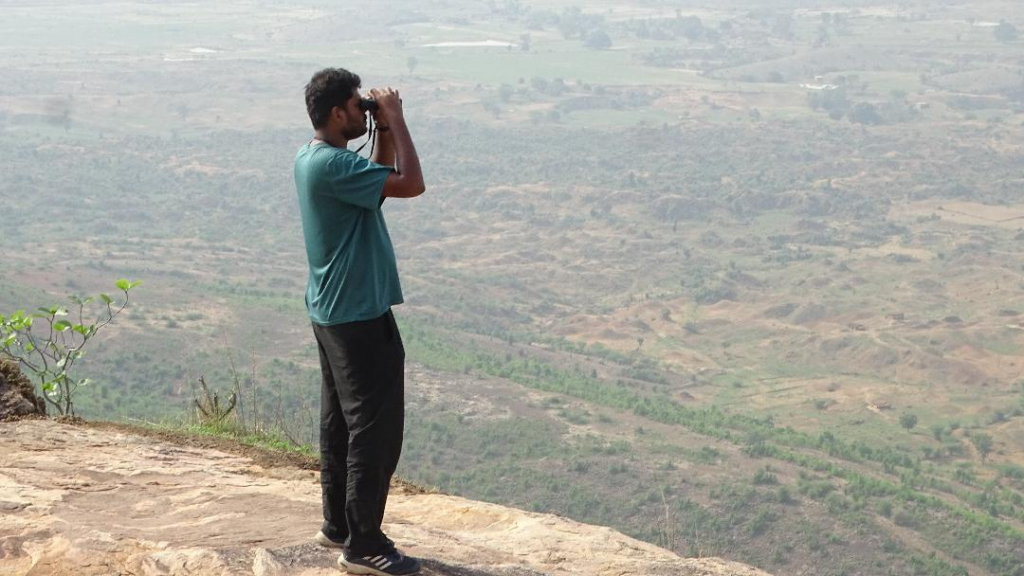
Think about it. Though 25 per cent of India’s landmass is under forest cover, only five per cent is protected for wildlife conservation! I realised this while I was in Banaras Hindu University’s South Campus in 2009, pursuing a Master’s degree in Environmental Science. Our campus was surrounded by the rich wilderness areas of Mirzapur that fell, as most of India’s lesser known wildlife areas do, under the category of ‘Reserve Forest’ – owned and managed by the state government. As students, we spent all our free time exploring these forests which seemed to us no less than a paradise for wildlife such as leopards, sloth bears, antelopes and a diversity of birds and reptiles. The picturesque landscape was marked by hills, forests, waterfalls, grasslands and a criss-crossing of rivers and streams. However, we could also see how this was under pressure from human-induced land use changes, mainly due to mining of sandstone and real estate expansion.
The wildlife population in Mirzapur forest division was declining in front of our eyes.
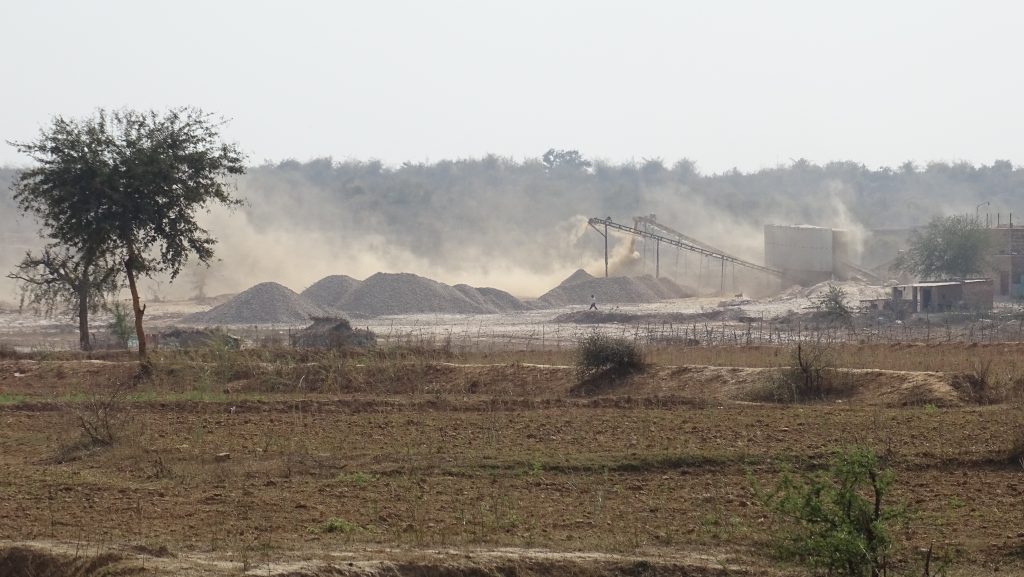
In 2011 when a mega coal-based thermal power plant was proposed in this area by a private company, I decided I had to act. I appealed to the Ministry of Environment and Forests that this move would adversely, and further, impact the rich flora and fauna of this area. When my pleas went unheard and the project was approved in 2014, I challenged the environmental clearance in the National Green Tribunal (NGT), an environmental court established in 2010. Many thought it was futile for a mere student and his motley band of tree-huggers to take on the government and a rich private corporation. But eventually, NGT cancelled the environmental clearance while terming the process ‘tainted’ for deliberately concealing the presence of forest and wildlife in its Environmental Impact Assessment report. The motley band had won!
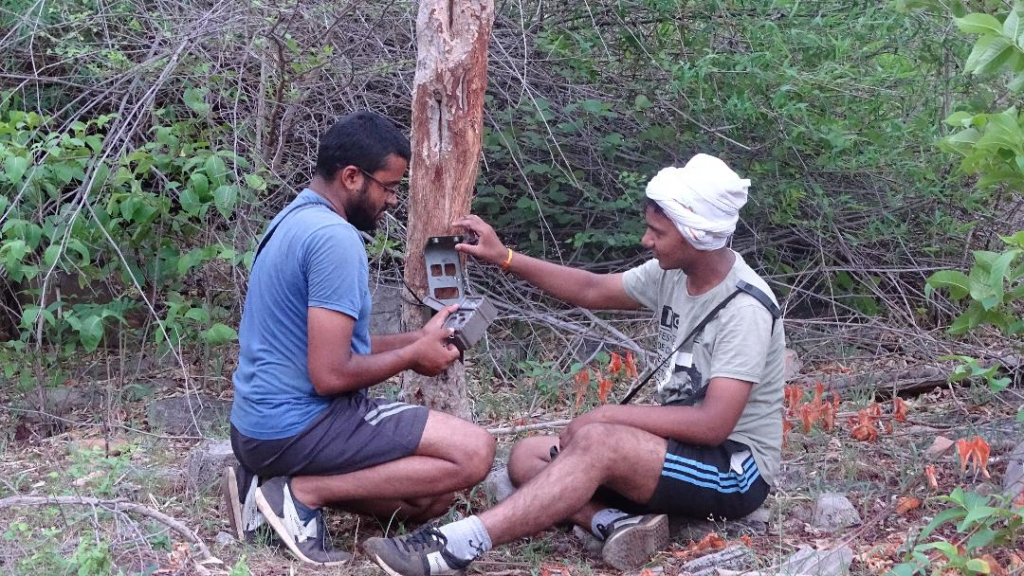
Setting up camera traps 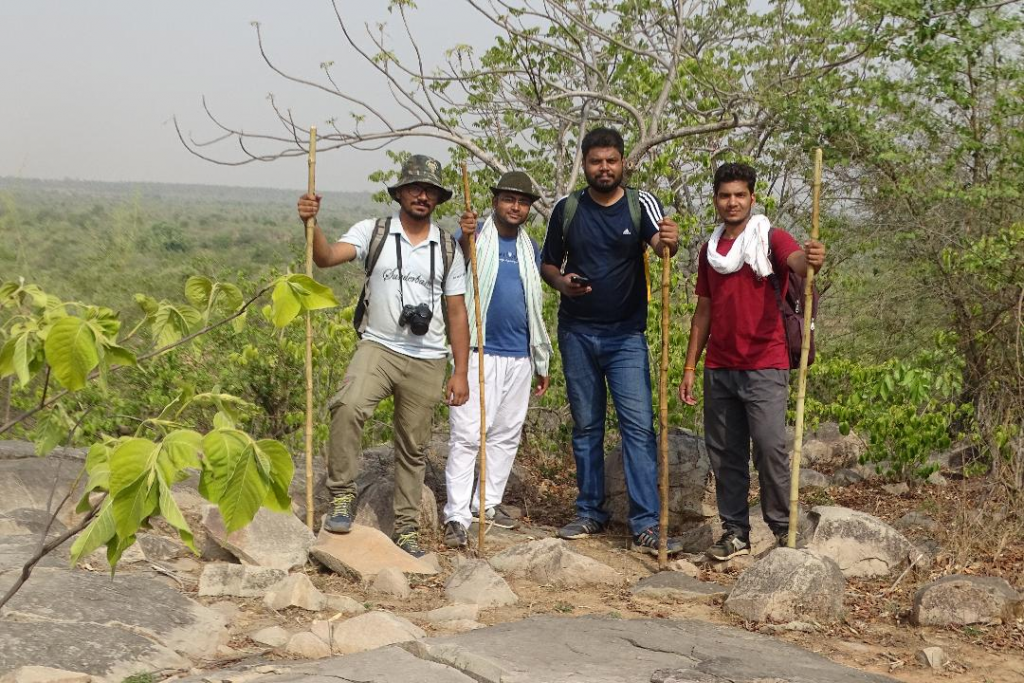
Debadityo and Team
In 2017, I continued my conservation work: publishing research on sloth bear habitats in Mirzapur district based on various indirect signs of the animal. However, to make a case for the government to protect these forests, I realised that documenting wildlife there through photographs and camera traps was an essential tool. In the following year, I conducted a camera trap survey in collaboration with Mirzapur forest division to create an inventory of wildlife present there and we finally had photographic evidence of not just sloth bears but several other species like Asiatic Wild Cat, Rusty Spotted Cat, Small Indian Civet, Ruddy Mongoose for the first time in the history of this landscape. This evidence enabled us to make a strong case for having the forests of Mirzapur declared Protected Areas under the Wildlife (Protection) Act, 1972. The Divisional Forest Officer of Mirzapur agreed, proposing that these forests be declared a ‘Sloth Bear Conservation Reserve’. This has been endorsed by the Indian conservation community and pending government approval.
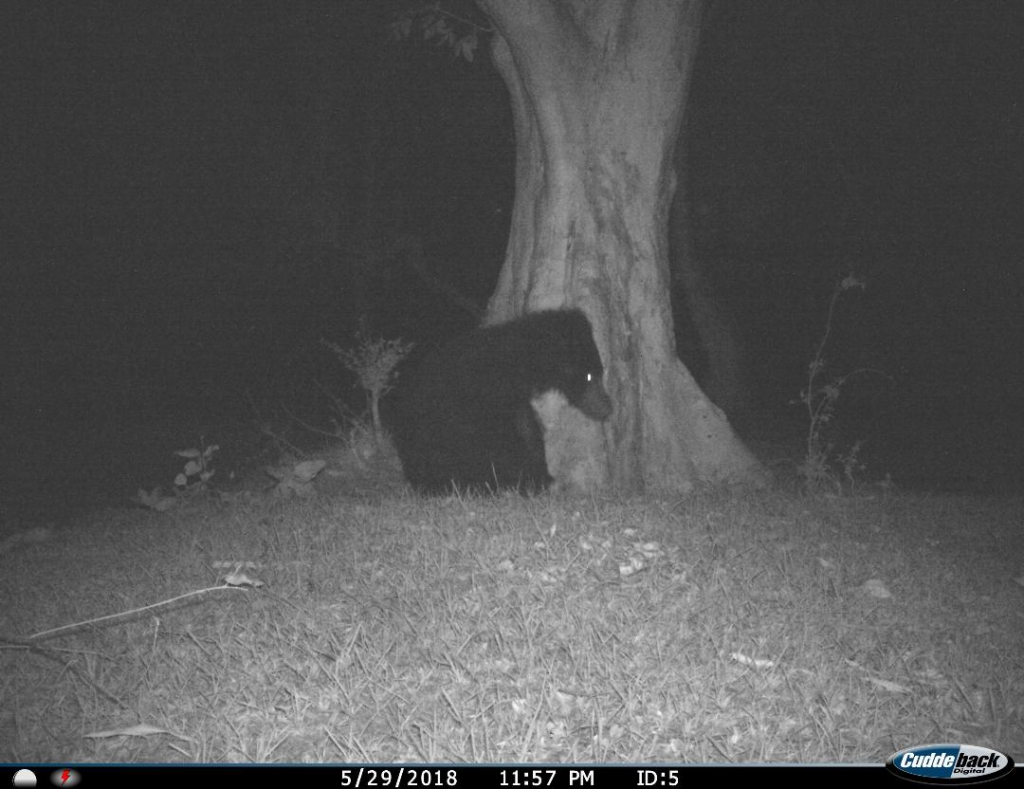
Camera trap image: Sloth Bear 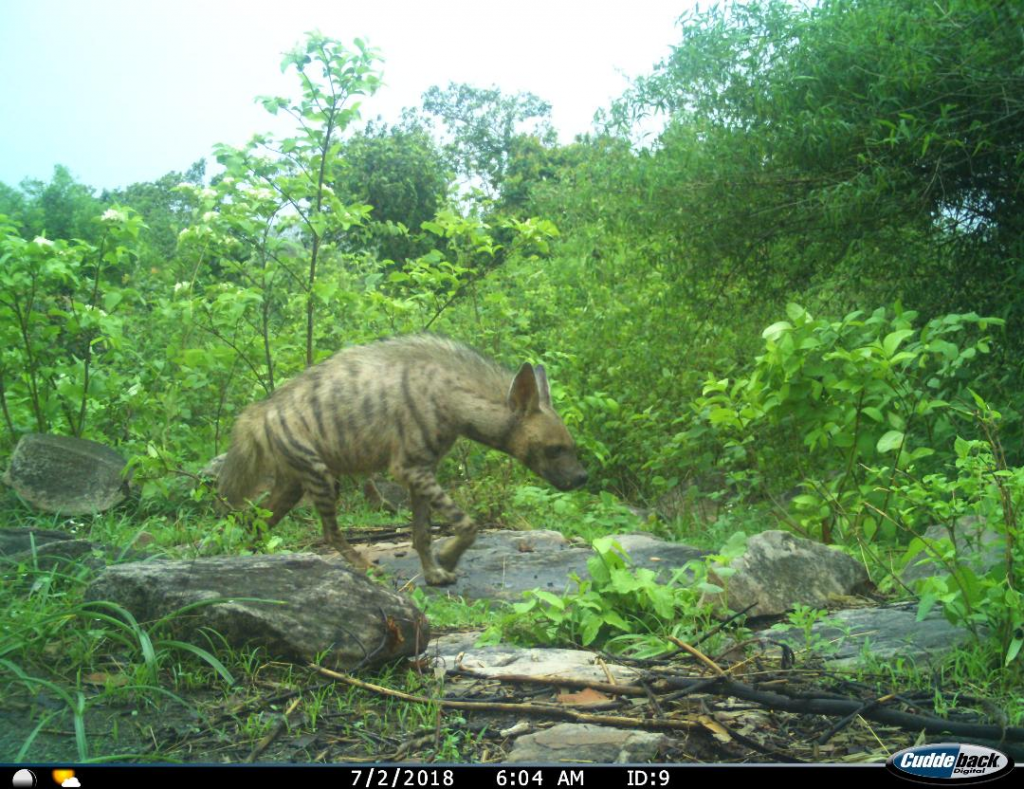
Camera trap image: Hyena 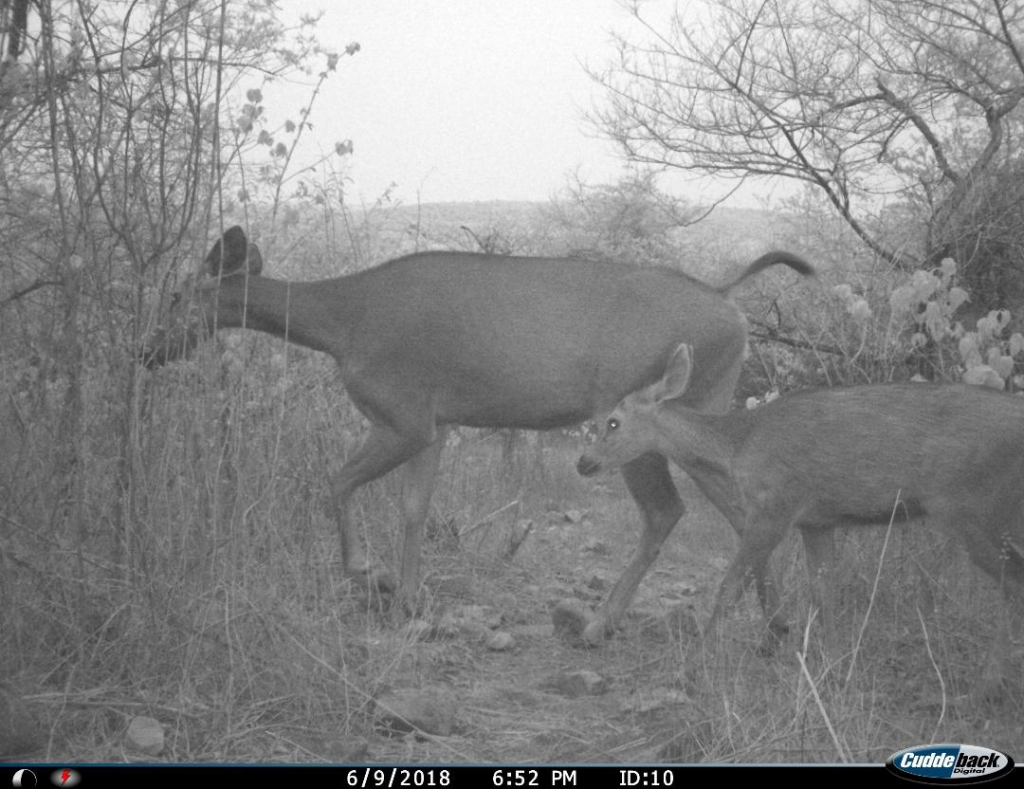
Camera trap image: Deer
My biggest learning from these experiences has been that you don’t need to be rich or politically connected to fight for the conservation of wild spaces. Indeed sometimes all you need to facilitate legal and policy interventions for protection of lesser-known wildlife habitats is faith, and a couple of simple camera traps.
Author: Debadityo Sinha, The India Story Agency for Sacred Groves
About the Author: Recipient – The Sanctuary Wildlife Service Award 2019; Managing Trustee, Vindhyan Ecology and Natural History Foundation
Images Credit: Debadityo Sinha
Did you enjoy this article?
Share with friends to inspire positive action.
